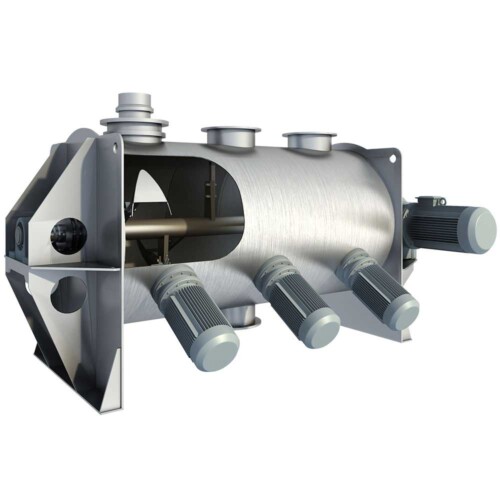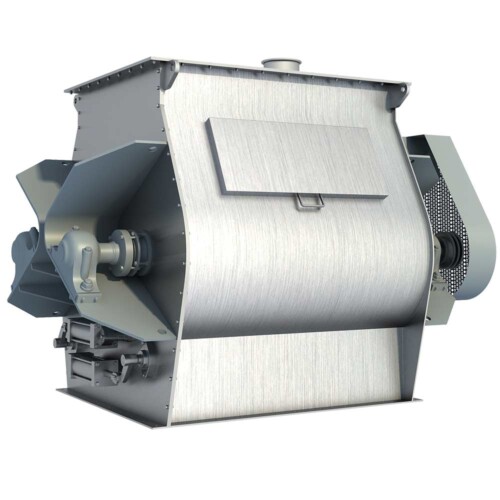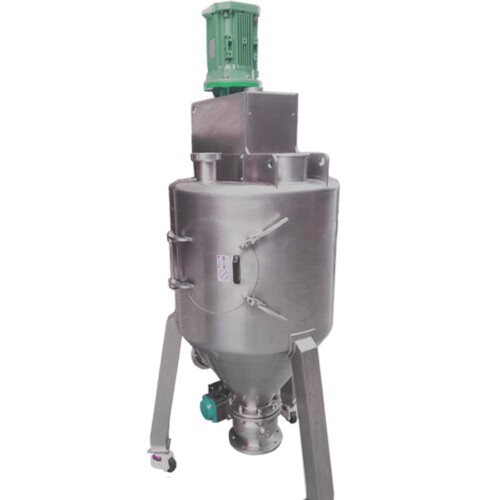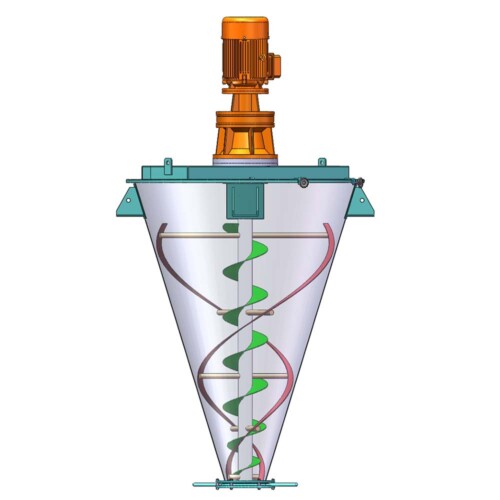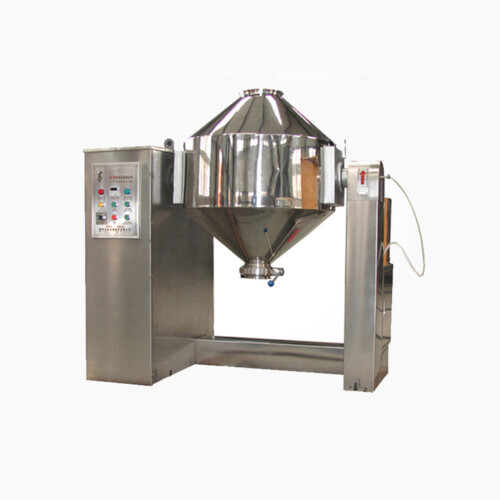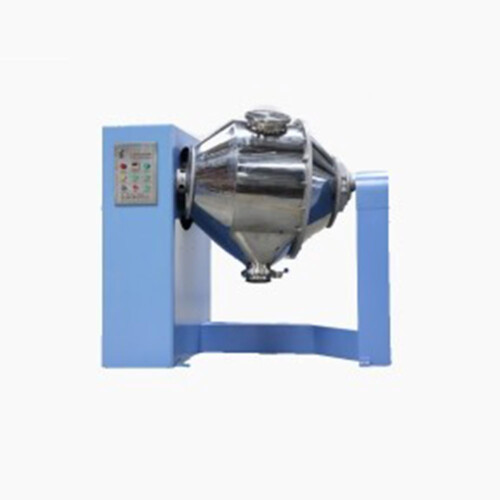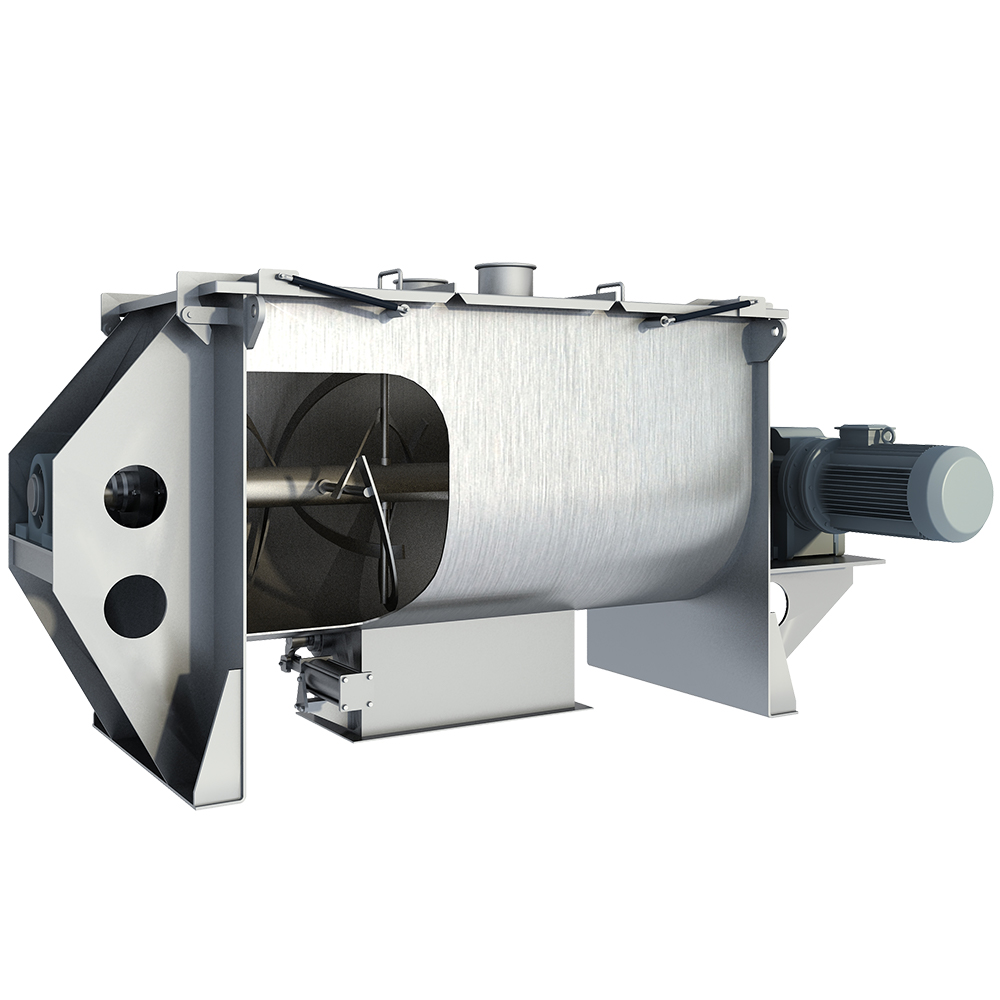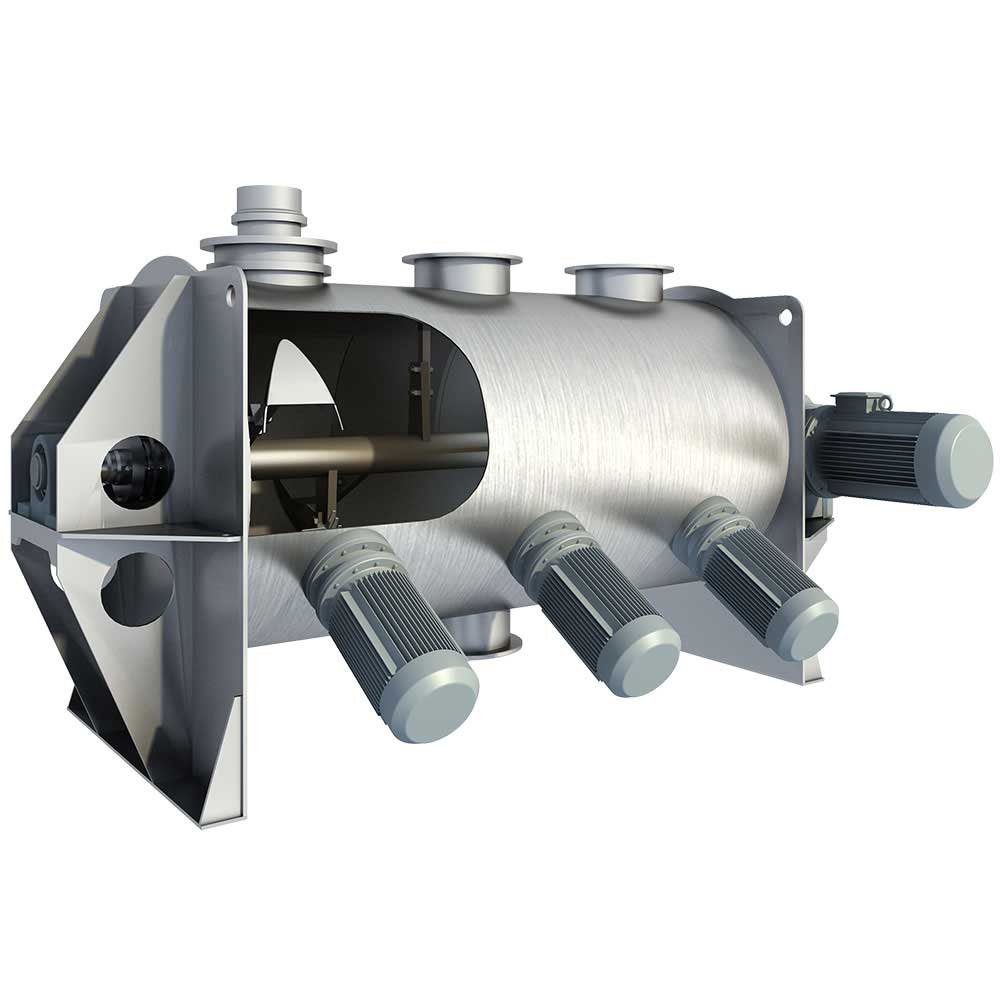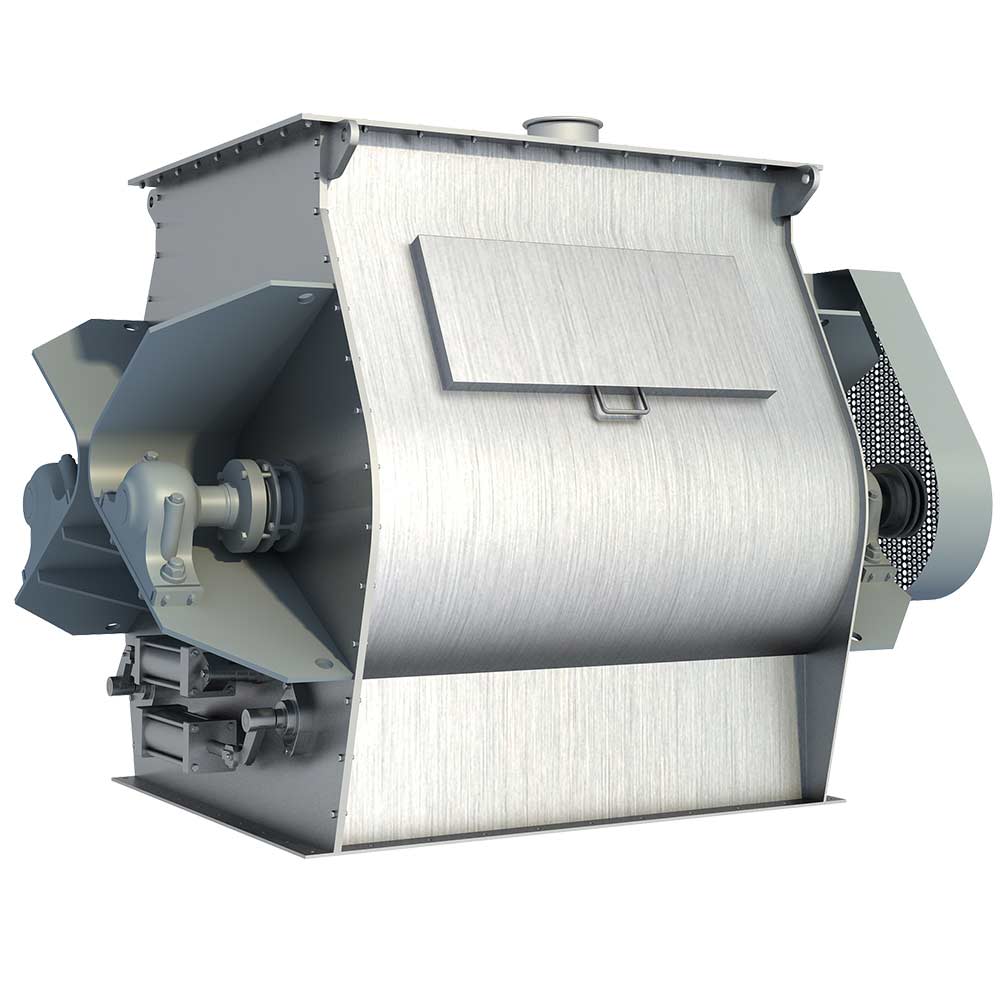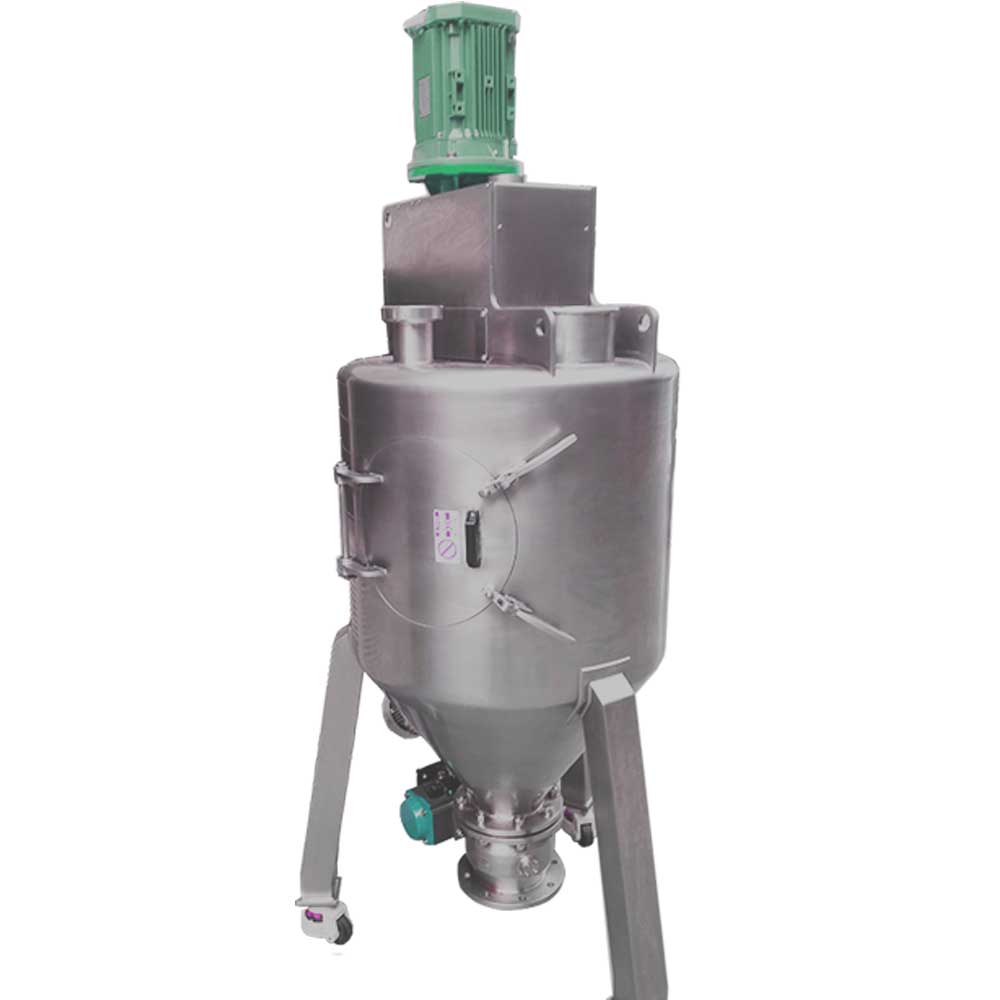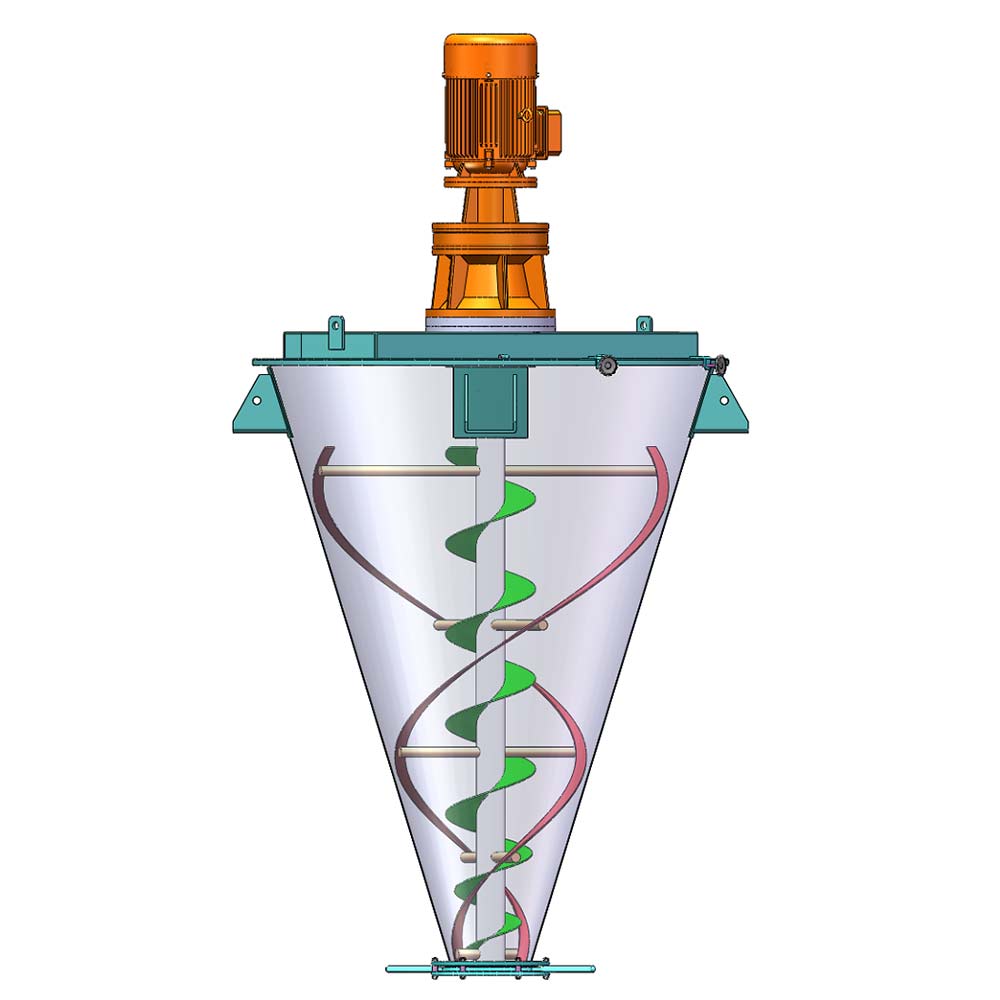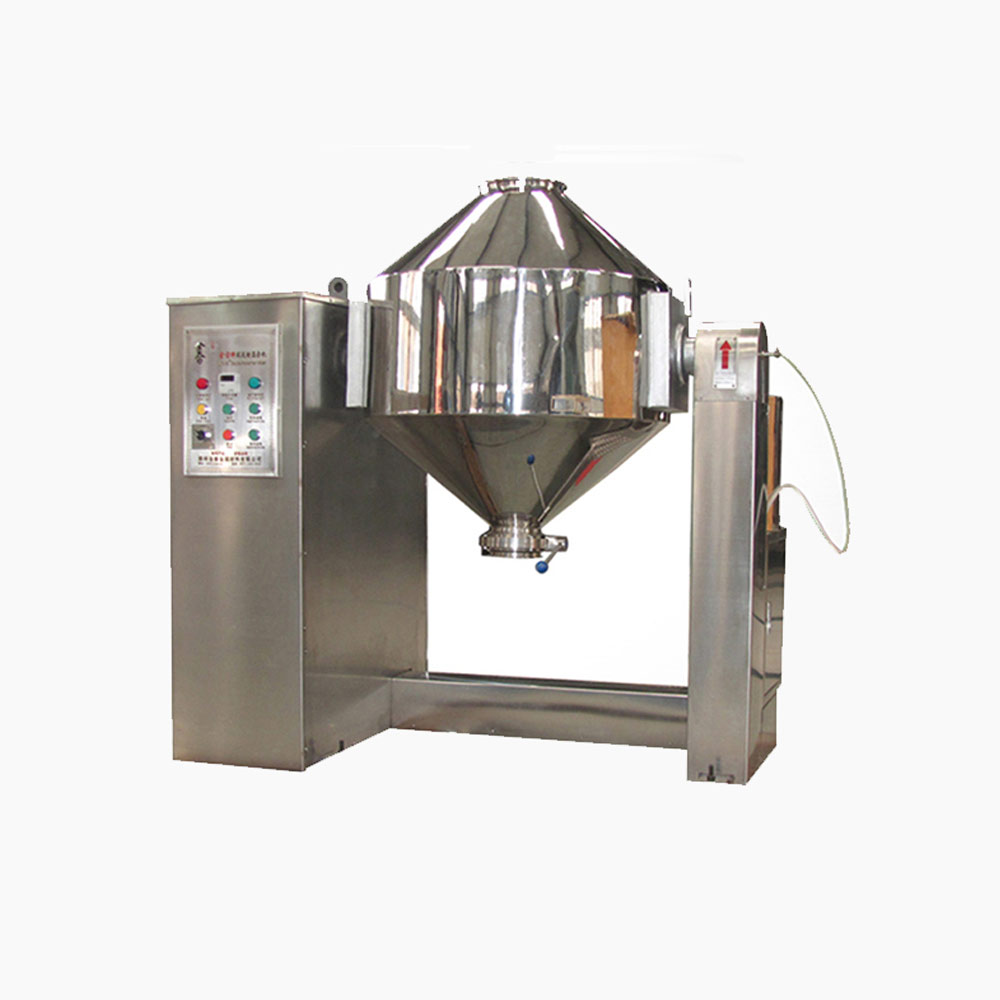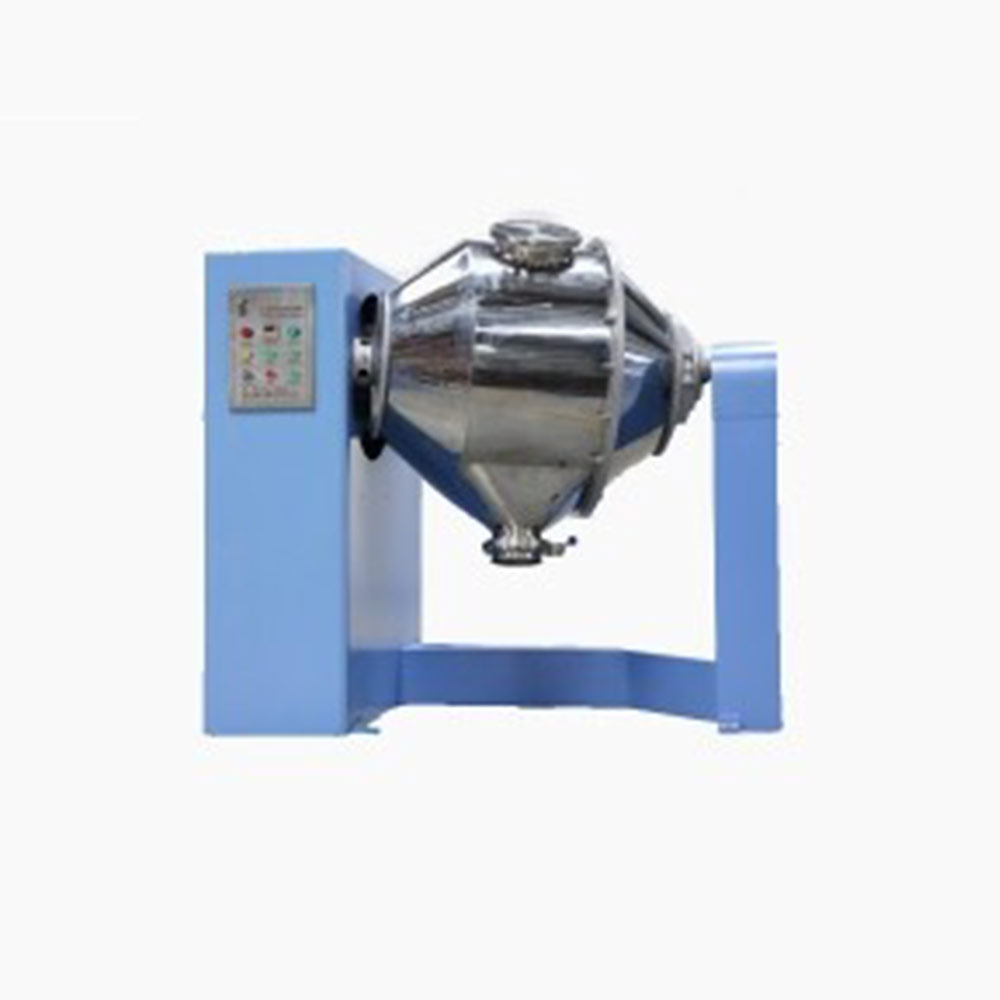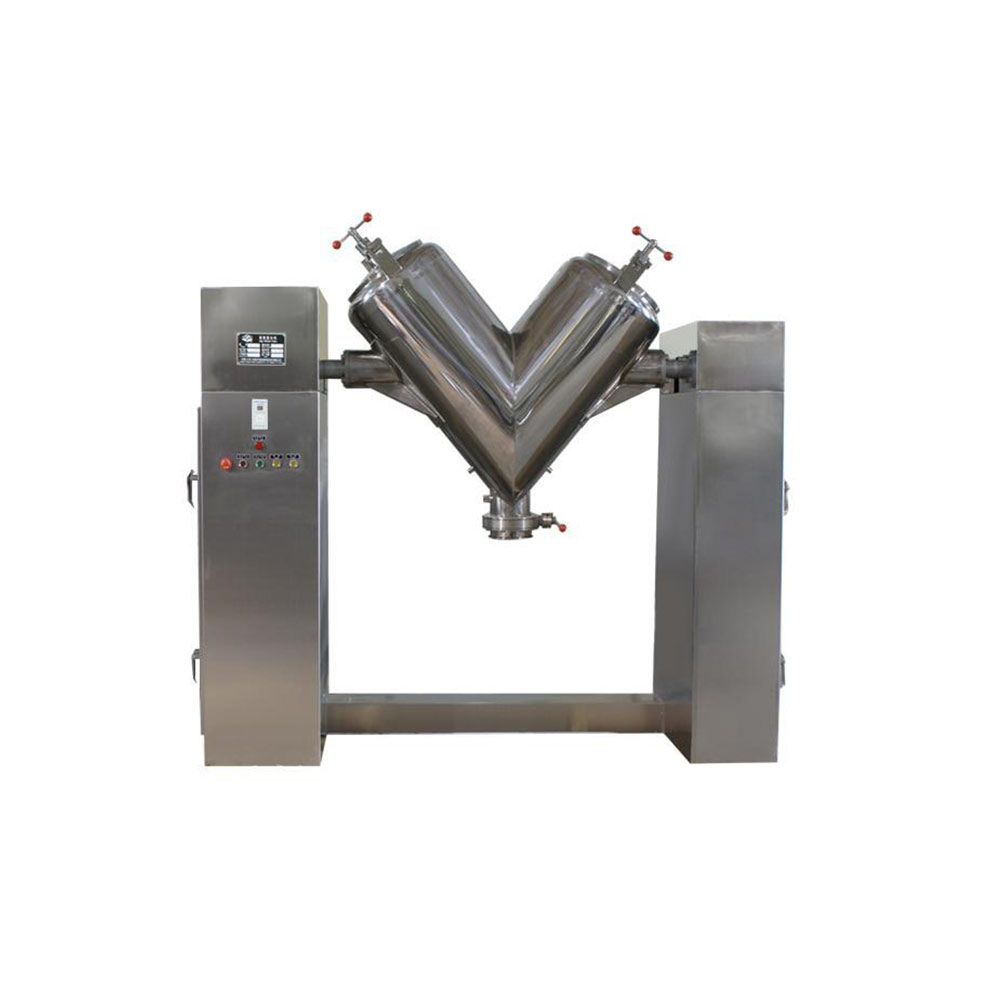Ask An Expert
Frequently Asked Questions
Yes, We can supply simple stand alone panels or automated PLC controlled systems. We normally install and test all controls on our mixers before they are shipped.
Yes, we normally test the mixers before they are shipped and mark out the wire need to connect on the control box.
We manufacture specialty mixing equipment for powder & bulk materials. Included are ribbon blender, plough mixer, conical screw mixer, twin shaft paddle mixer, V blender, double cone blender and other auxiliary equipment such as screw conveyor, quantitive auger filler.
We sell across the world, our cusotmers distribute 5 continents.
Share Us With Your Network
Plastic and composites
•Polyamide – Polyamides (Nylon) is a family of engineering plastics with a very wide range of applications, from footwear to lenses to aircraft components. One processing example encountered in our test laboratory is concentration of polyamide polymer through a combination of heat and vacuum which lowers NMP solvent content from 60% to around 0.5%.
•Plastisols – Polyvinyl chloride (PVC) plastisols are generally composed of powdered PVC resin and fillers dispersed in a liquid plasticizer; they may also contain small amounts other additives such as stabilizer, pigments or colorants, and adhesion promoting compounds. The components of a plastisol are combined and mixed to form a coating which may be applied to a substrate or formed into a shape. Plastisol formulations are mixed using planetary mixers such as the Double Planetary Mixer and PowerMix or multi-agitator mixers such as the VersaMix.
•Organosols – similar in composition to plastisols, but containing volatile solvents or thinners. With the application of heat, plastisols and organosols fuse into a functional tough coating highly resistant to abrasion, corrosion and electrical currents.
•Reaction Injection Molding Formulations – RIM is a process where streams of polyol and isocyanate are brought together just prior to the inlet of an injection mold. The polyol and isocyanate react immediately to form a rigid polyurethane or polyurea part. One drawback to conventional RIM parts is their relative flammability. This lead to development of RIM modifiers to make these materials less likely to burn. One such modifier is a urea-based material which increases the flame retardancy of RIM formulations. The only limitation to the use of the urea is its difficulty in being dissolved and incorporated into the polyol. The urea is produced in pellet form and it can also be ground into a fine powder. Through extensive testing of different urea forms, one chemical company concluded that the best method for incorporating the urea into the viscous polyol is by using a Ross Inline High Shear Mixer with a recirculation vessel. A mixing system consisting of a HSM-405 and a 60-gallon recirculation vessel was constructed for this company that specializes in RIM processing equipment. The Inline Recirculation Mixing System is now part of a larger RIM processing system.
Cone Screw Vertical Blenders is also used for RIM applications. Its thorough but gentle mixing action is the reason that these units are so successful at mixing the RIM formulations without damaging the delicate mica, wollastonite and glass particles. These fillers improve the mechanical properties of RIM panels and also limit shrinkage and thermal expansion. The cone shape of the vessel allows for convenient charging of components through the cover of the blender and easy discharge through the bottom of the cone. Cone Screw Vertical Blenders are often mounted on load cells for RIM blending applications.
•Polymer Additives – A customer manufactures preblended polymer additives that are widely used in the plastics industry in PVCs, polyolefins, and rubber compounds. These additives prevent plastic degradation caused by high heat or UV radiation exposure, protecting such end products as plastics bags, floor coverings, vinyl siding, automobile dashboards, and disposable diapers. To make the additives, the company blends several powder ingredients together with a very tight composition specification. After blending in a Ribbon Blender, the additives, also known as processing aids or polymer stabilizers, are further processed into a pellet or other compacted product.
•Filled Rubber – a leading supplier of medical products for the global aesthetic medicine market came to identify a suitable mixing system which they can use to incorporate barium sulfate powder into a gum rubber. They were experiencing frequent maintenance issues with their existing planetary mixer as the stress of mixing the gum rubber puts considerable strain on the drive system and ultimately leads to shaft seal failure. Testing proved that a Heavy-Duty Double Planetary Mixer with High Viscosity “HV” Blades is the ideal mixer for this tough application.
•Syntactic Foams – Double Planetary Mixers are exceptionally suited for filling polymers or ceramics with hollow spheres (microballoons, glass microspheres, etc.). The DPM’s mixing action quickly and completely disperses hollow spheres into a viscous liquid, without fracturing the fragile balloons. These composite materials are useful for their low density, high strength, and low thermal expansion properties.
•Thermoplastic Modified Epoxies – a customer utilizes the VersaMix to manufacture a polyethersulfone (PES) modified epoxy resin used in advance composite systems. Due to the VersaMix’s multiple agitators and jacketed vessel, heat is distributed very evenly throughout the starting resin blend which decreases in viscosity with temperature. Under vacuum, PES powders are dispersed efficiently, and therefore dissolve completely.
•Urethane with Polystyrene Beads – the end product is a rigid, strong, low density foam-like material used in construction and other composite material applications.
Ask An Expert


